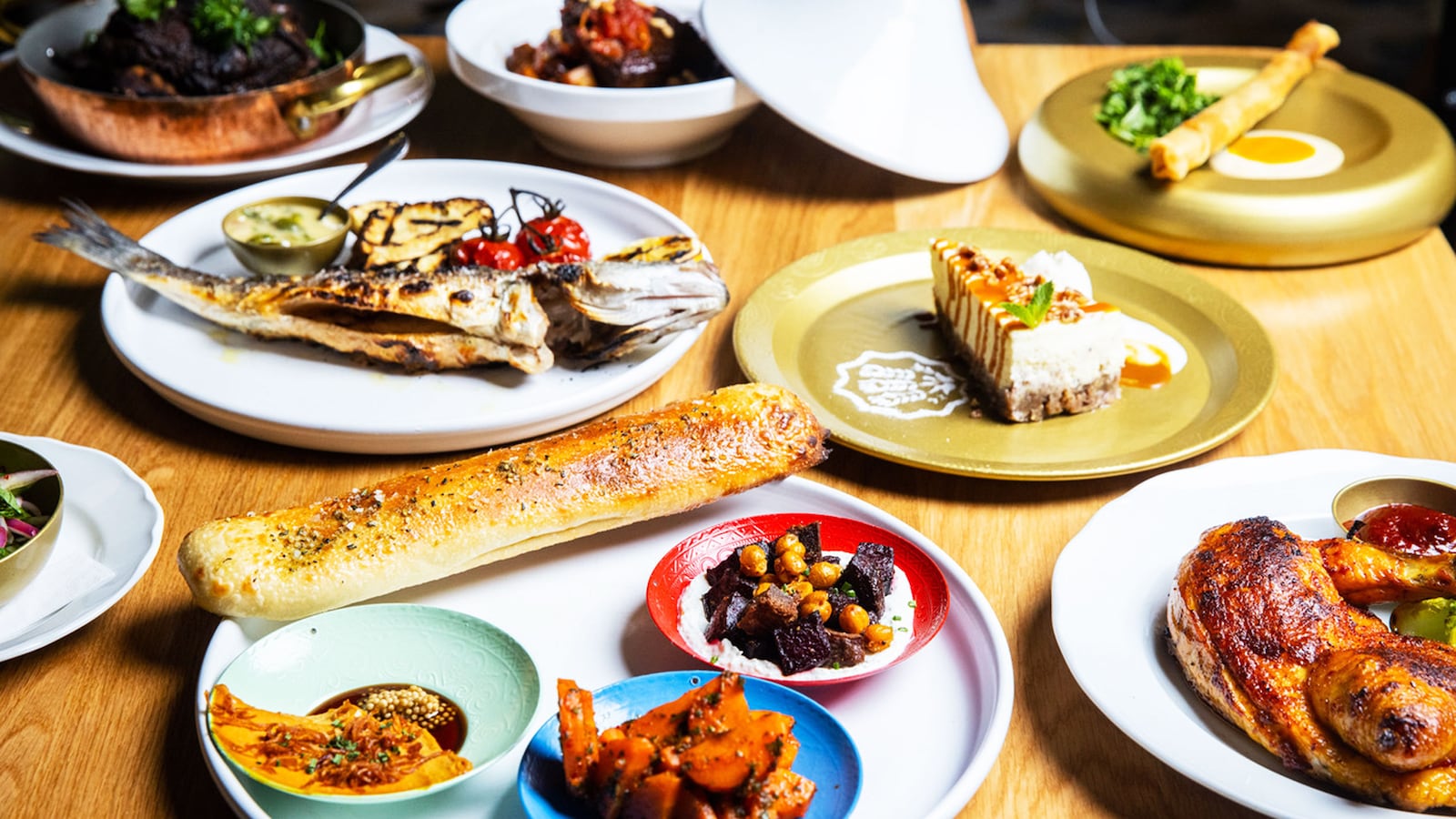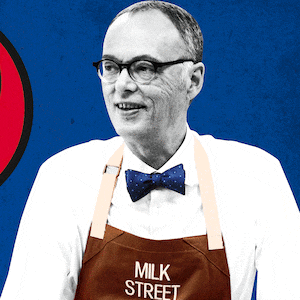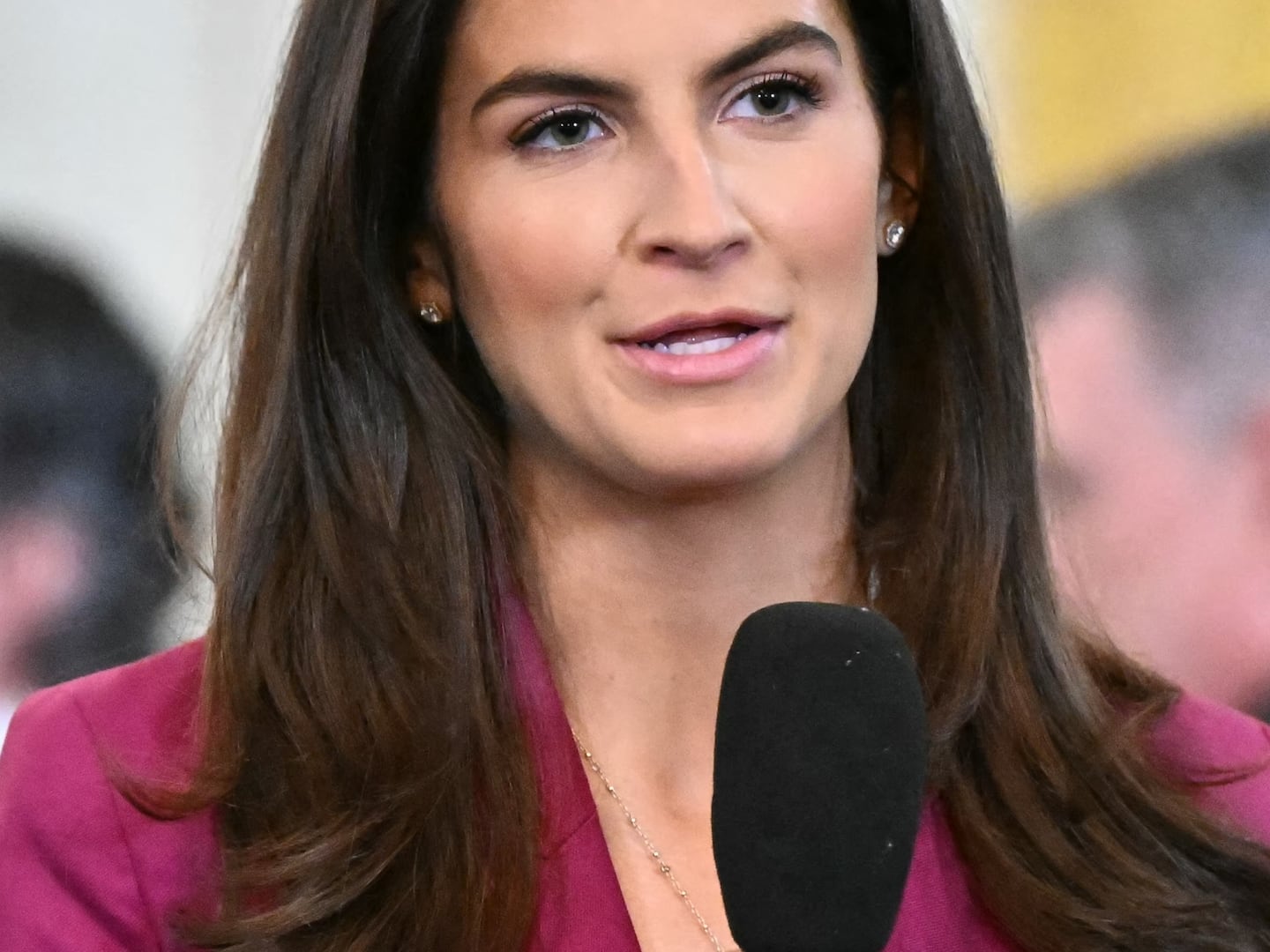Opening a restaurant in the fierce squall of a pandemic is not a guarantee of success. It’s not exactly having the wind at your backs.
But Dagon did that on Manhattan’s Upper West Side, along a stretch of Broadway somewhere between elegant Lincoln Center and the hip Columbia University district a little higher up. The restaurant has swiftly become one of New York’s hottest and most talked about spots.
It’s innovative chef and part owner Ari Bokovza calls it a “modern Israeli restaurant. I don’t know if we’re re-inventing Israeli food. We’re just trying to cook the best damn tastiest food that we’re capable of.”
I simply call it the best new restaurant I’ve eaten at in years.
Bokovza was born in Ithaca, New York, and his father was born in Tunisia. While he most closely identifies with his family that lives in Israel, his influences include North Africa and the Mediterranean.
“In the last five, six years, Israeli food has come to be known for more than just hummus and falafel,” he explains. “Because of all the neighboring countries around it, it’s become a melting pot, all these different styles of cooking, different spices and influences.”
He got his start in the kitchen by accident. Bokovza’s father owned a restaurant in Sag Harbor, Long Island, where he would work during the summers. He started at the bottom bussing tables and running finished plates to hungry guests. He hated it. But every time he went into the kitchen, he saw “these big, gnarly dudes playing with fire, cursing, going out to six in the morning.” For an impressionable 14-year-old, that looked pretty fun. So, he begged the chef to let him be in the kitchen, and eventually the chef relented. “I was God awful at first and then I got good at it,” he declares simply.
This is his first restaurant as an owner and executive chef. Previously, he’d opened several restaurants as chef de cuisine, including the trendy (and excellent) The Standard. He was also the sous chef when Danny Meyer opened his wonderful spot, The Modern, inside the Museum of Modern Art.
The food at Dagon (named after the Phoenician god of agriculture and the earth, since you asked) is extraordinary. Appetizers will sound familiar, but won’t taste it. Agu’s Tunisian Cigar spins the North African ground lamb staple into something that seems to come from another wonderful world. The long flatbread is exquisitely spiced. Even the simplest preparations are spectacular. The “real zatar”—as he calls it—is his key spice blend. “Every region has its own version of it, but it’s spices, herbs, sesame and sometimes there’ll be a dried up berry.”
The star of the menu is the Crispy Lamb—a shank of lamb that has a delicious crisp crust (the lamb skin) and a seemingly physics-defying moist, soft hunk of meat inside. “We braise it first in stock, then we just blast it in this 700 degree oven, so the crust forms and the inside is nice and juicy,” explains Bokovza. “The only way you can do it is with an oven that is that hot. If you don’t do it that hot, it’ll just dry out.”

I asked him how he comes up with these dishes and elements.
“I eat in my mind,” he says. “Sometimes I hit it right on the nail, and sometimes it’s a fucking train wreck. I know what I like, texture, acid, fat, salt. As far as the creativity aspect, I think you either have it or you don’t have it.”
What are his hopes for the restaurant, I wonder, apparently out loud.
“That we become a destination for some of the best Israeli-Levantine cooking. It’s the food I grew up on that I’m most excited about. So for me to wake up every day and come to work and cook this type of food, it’s a beautiful thing. What more can you ask for?”
These are his five favorite meals.
About 20 members of my family and I were at my aunt’s house who lived about 10 minutes outside of Tel Aviv. She was hosting a family dinner and was preparing a traditional feast of Tunisian braised lamb and couscous. She braised the lamb with balsamic vinegar and cinnamon, which gives it a truly unique flavor. The accompaniments were Israeli pickles (carrots, fennel, jalapeño, onion, vinegar and turmeric), turshi (a carrot/squash puree spiked with lemon, diced jalapeño and harissa) and, of course, couscous, but not the instant stuff—the real stuff that gets steamed for at least an hour and passed through a tamis.
After the big feast, and bottles of arak, wine and boukha(fig brandy), everybody in attendance thought it would be best to camp out on the floor in sleeping bags. I somehow convinced them all to watch Friday the 13th Part 2 And we did...aunts, uncles and cousins sprawled out on the living room floor, all of us freaking out to the movie.
My parents, sister and I took a weekend trip to Montauk. I must have been seven or eight at the time. My pop, who got me into eating fish, was very excited about the fresh tuna steaks being sold at the local seafood market and purchased a bunch to cook on the grill that evening. Needless to say, he was amped.
Unfortunately, it started to rain that night but no amount of rain was going to stop my stubborn father from cooking those tuna steaks on the charcoal grill. I was about to witness a battle unfold—man vs. the elements. He fanned that fire for at least two hours non-stop, sweat and embers flying all over, face turning red. Finally he got a little something that sort of resembled a fire and managed to get those tuna steaks grilled and to perfection.
Not only was this the first time I experienced ridiculously fresh fish cooked on an open flame, but I learned just how much “sweeter” food can taste when you witness the effort that goes into it.
Peasant is one of my favorite restaurants in NYC, and former owner Frankie Dicarlo is one of my favorite chefs. I’ve known Frankie for 20 years and have been fortunate enough to work with him in the kitchen from time to time. Watching a chef/owner of his talent not only work the pasta station every single day but set up and scrub the station was beyond inspiring. Peasant was an all wood fire kitchen at the time and the place felt as if you were transported to the 1800s to a country house in the hills of Tuscany. As cliché as that sounds, it’s the truth.
About two-and-a-half years ago, I wanted to impress a beautiful woman (now my fiancé) by bringing her to Peasant. I knew nearly everybody that worked there, was always treated well and was hoping the entire package would give me some edge. The bonus was being fortunate enough to have Frankie personally cook for us. He made an array of dishes including three different pastas. One was with squid ink and sea urchin, another was a bucatini with port and chicken livers, and the third was with white truffle risotto that knocked our socks off. Clearly it was a great call to take her there.
My pop took us to Lyon, France, when I was eight. He and I spent the day at the fish market. We came across an oyster stand packed to the ceiling with these huge tied up Belon oysters (real Belons). I had never experienced an oyster, so I was pretty excited. I watched my dad slurp the oyster with a swig of sauvignon blanc to follow. I followed his lead and from that moment I was hooked. It was an explosive punch of oceanic heaven.
About ten years ago, I took my buddy out for his birthday at Sushi Seki. We sat at the chef’s counter and ordered the omakase. We witnessed the true, fine “art” of culinary. However, the individual bites that they were preparing not only exploded with flavor, but were very artistic in their simplicity. We must have had at least ten or so courses, and I remember saying that the next course can’t possibly top this one…and it always did.
My Five Favorite Meals features the most cherished dining experiences of bartenders, chefs, distillers and celebrities.
Interview has been condensed and edited.








